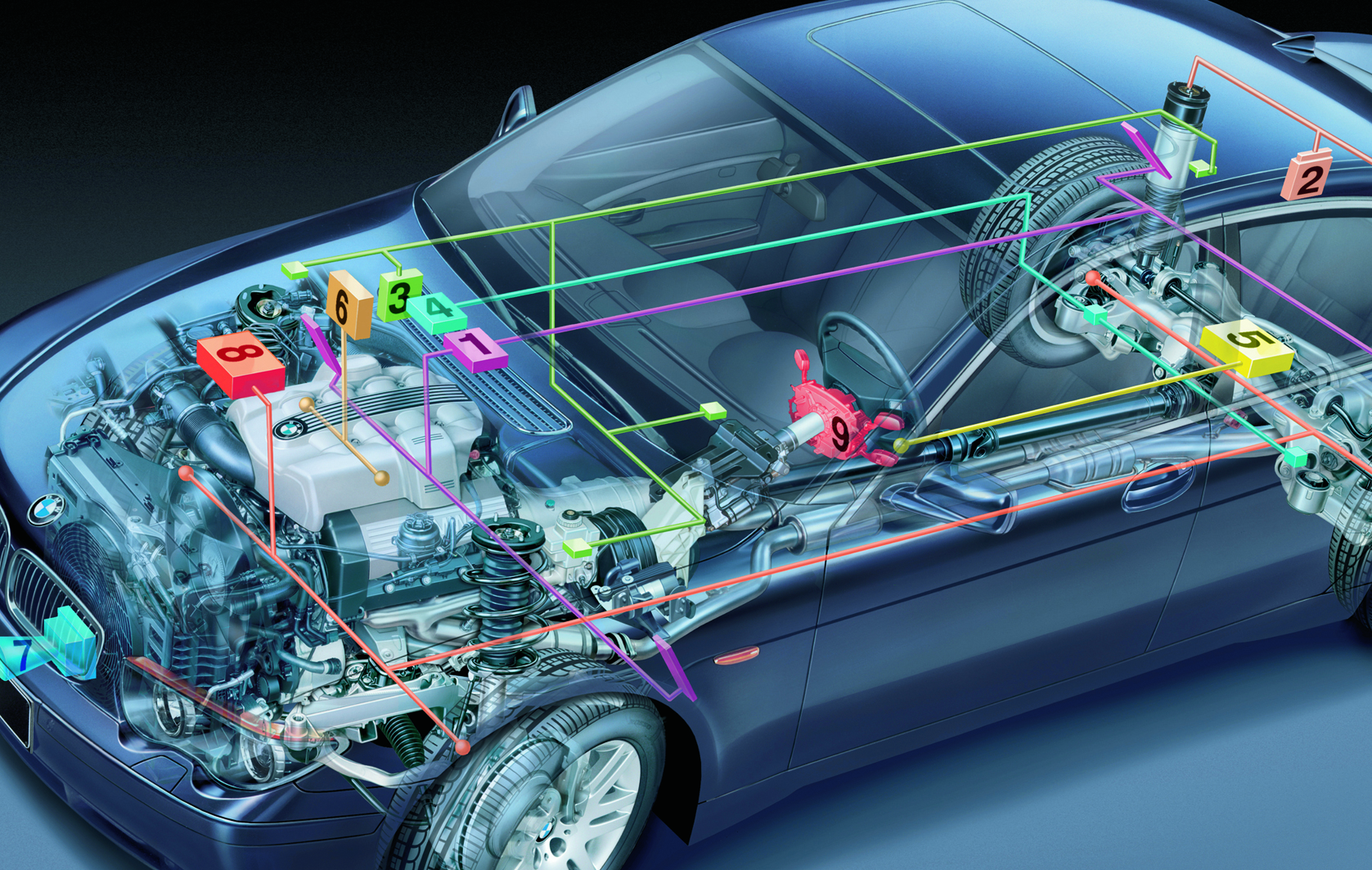 Attending networking events is a great way to connect with potential clients, partners, and useful contacts. You’ll likely walk away with a stack of business cards collected through conversations and introductions. While the initial face-to-face time is valuable, you need an organizational system to store those cards so you follow up effectively later.
Attending networking events is a great way to connect with potential clients, partners, and useful contacts. You’ll likely walk away with a stack of business cards collected through conversations and introductions. While the initial face-to-face time is valuable, you need an organizational system to store those cards so you follow up effectively later.
Gets the right card printing?
Before we dive into storage ideas, let’s start from the beginning – getting suitable cards printed to take with you to events. You want your cards to look professional and include all relevant contact details, as they represent your brand. Work with an affordable online card printing service that offers premium cardstock and customizable templates.
Your card should display:
- Your full name
- Job title/position
- Company name
- Email address
- Phone number
- Website/social media links
With vibrant, professionally printed cards that reflect your expertise, you easily network with confidence. Don’t let subpar business cards undermine potential opportunities through poor quality and presentation.
Immediate event follow-up system
Collecting a stack of cards, the key is entering contacts into your CRM or contacts database for follow-up while the conversations are fresh. Transfer the details ASAP before you forget names and discussion details that inform effective follow-up.
- Review all cards collected during downtime like the ride home. Jot down memory joggers about key discussion points or areas of common interest with each individual. They’ll make personalized follow-up so much easier.
- Enter each contact into your CRM or database. Copy their name, company, title, phone number, email address, website, etc. Ensure data entry accuracy printthatnow.com/shop/name-cards check more info here searches for best website.
- Note which conversations seemed the most promising for shared business opportunities. Prioritize following up with these strategic contacts first.
- Set calendar reminders to follow up with each contact within a week after meeting them. Customize emails referencing your previous discussions. Quick follow-up reinforces connections.
This immediate processing keeps your database updated with new contacts. Following up promptly also shows that connecting further interests you.
Contact management system options
Once you’ve entered details into your database and scheduled initial follow-up, you need an intuitive long-term system to store printed cards.
Card filing boxes
Organize alphabetically in labeling filing boxes. Add divider tabs and store cards upright for easy flipping through. Boxes contain cards tidily in your office and protect from damage. However, retrieving one specific card takes time without a search function.
Rolodexes
Rotating Rolodexes also store cards alphabetically for efficient flipping to find contacts. Their compact desktop footprint saves space. However, capacity is limited before requiring a second unit. And contacts aren’t easily searchable.
CRM software
Many CRM systems provide contact management functionality beyond sales capabilities. Enter details to store securely in the cloud for remote 24/7 access. Add tags and custom fields to record interactions. Powerful search tools make finding contacts fast. But software requires an ongoing paid subscription.
Spreadsheet documents
Use spreadsheet programs to create contact lists organizing details into different fields. Embed formatting like tabs between columns for neat data alignment. Export, email, or share contact files easily. Yet tracking interactions separately proves difficult within spreadsheet.
Card scanner apps
Innovative card scanning apps like ScanBizCards convert printed card details into digital contacts. Just snap photos of cards and the software uploads information into spreadsheet or CRMs. Some paid platforms auto-sync with existing databases. Free versions have more limited compatibility.





